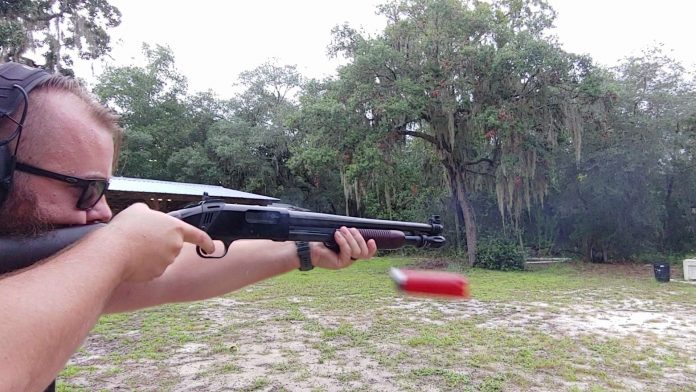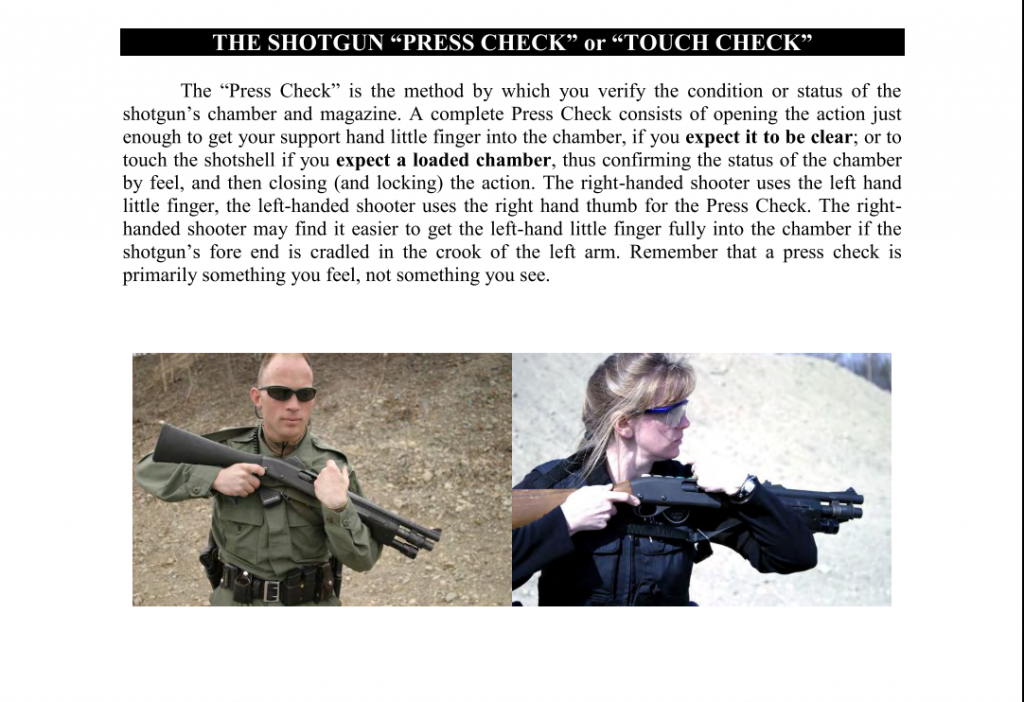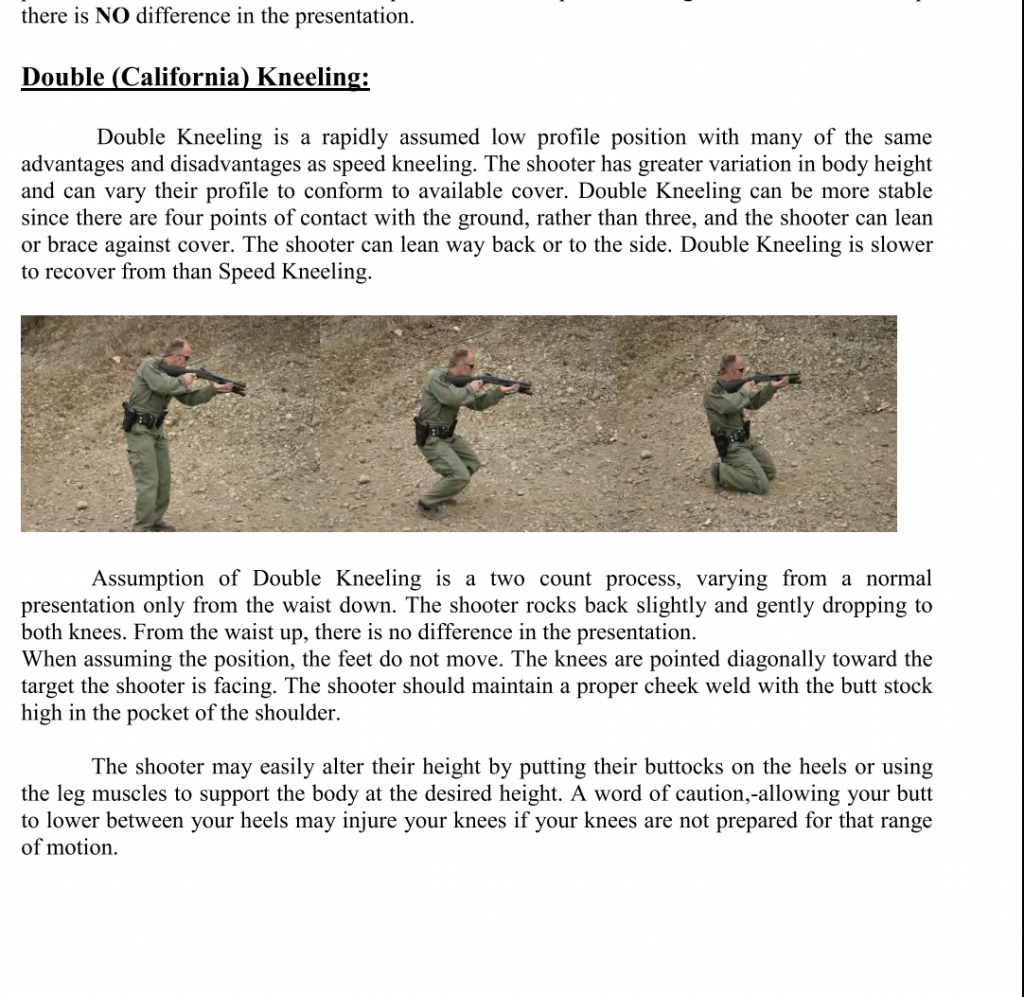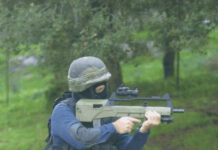
Good information is often worth the money to obtain, and that’s why instructors don’t teach classes for free. Sometimes you can get a little lucky, and I felt a little lucky when I stumbled across the Idaho POST Shotgun Manual. I constantly like to try my hands at various drills and firearm qualifications from police and military forces. That’s when I stumbled onto the Idaho Post Shotgun Manual.
I’m not an expert on police manuals by any means and have never been in law enforcement. However, I know a fair bit about shotguns, and as I read this manual, I realized just how full of information it was. It’s an awesome guide and is perfect for the first-time shotgun owner. The manual isn’t perfect but covers a ton of ground in regards to the martial application of shotguns.
The Idaho POST Shotgun Manual – Origin Story
The origin story starts on the first page, which tells a brief history of the manual. It was started in 1986 by a retired Police Sergeant. The manual is based on a manual written by Jeff Cooper and passed out to students at a Combat Shotgun course at the American Pistol Institute. Over time the manual evolved and adapted with the times and features work from various local, state, and federal police agencies and men like Clint Smith and Jeff Cooper.

The Idaho POST Shotgun Manual is a very dense forty pages. It’s chock full of awesome information that relates to using the shotgun effectively. I was continually surprised as I read the manual and saw how much information they packed into those 40 pages. The information is easy to understand and well illustrated by pictures of the actions described.
I found myself learning a few things that I had never considered. It’s not that I see myself as a shogun guru, but I’m surprised a beginner’s shotgun manual goes this far in-depth and does it so efficiently. I want to reiterate this is on the tactile use of a shotgun. Bird hunters aren’t likely to find much to use in this manual.
What the Idaho POST Shotgun Manual Covers
We dive right into information with facts and myths about shotguns, and then we get into how to use the shotgun. This includes how to carry the gun, how to store the gun, its various conditions, and more. By page eight, we are digging into the hands-on portion of the manual.
Here we cover a press check method I was unfamiliar with that wisely relies more on top than looking. While visual checks work, you might not always have the lighting to conduct a visual check. In that situation, this tactile check is easy to do and a sure way to know the status of your shotgun.

We dig into how to use the gun and what each hand is responsible for, as well as how to load the weapon. This includes how to port load and tube laid the gun. The focus is on loading the gun in a tactical manner.
The Idaho POST Shotgun Manual goes on to cover malfunctions, stance, ready positions, patterning, and even a multitude of sling carry methods. It’s full of great information. Some feel a little silly. When am I ever going to use the Safari method of aligning in 2022? Especially on a tactical shotgun? The same goes for a portion on the Olympic Offhand shooting position with a tactical shotgun.
Other information that changed my attitude is the portion on double kneeling. I never considered how much easier it is to peak around cover from a double kneeling position. I know how to pattern, but the manual provides a simple but detailed means to do, so that explains patterning very well.

Where I Found It Lacking
The Idaho POST Shotgun Manual is very much worth a read. The main thing the manual didn’t cover enough of, at least to me, is recoil mitigation. It’s mentioned, but the Push/Pull technique is never even brought up. It’s one of the most effective ways to control a shotgun.

The manual also advises shooters to use a chicken wing-like technique. I’m not the type to immediately lose their mind about someone using a chicken wing technique, especially with older guns. However, with modern shotguns and tactical gear, the chicken can be difficult to accomplish. Doing so with armor and a reduced LOP stock is likely to feel fairly awkward.
Other than that, the manual is robust and chock full of great information. It’s a PDF and completely free. Click here to access it. (PDF Warning.)



